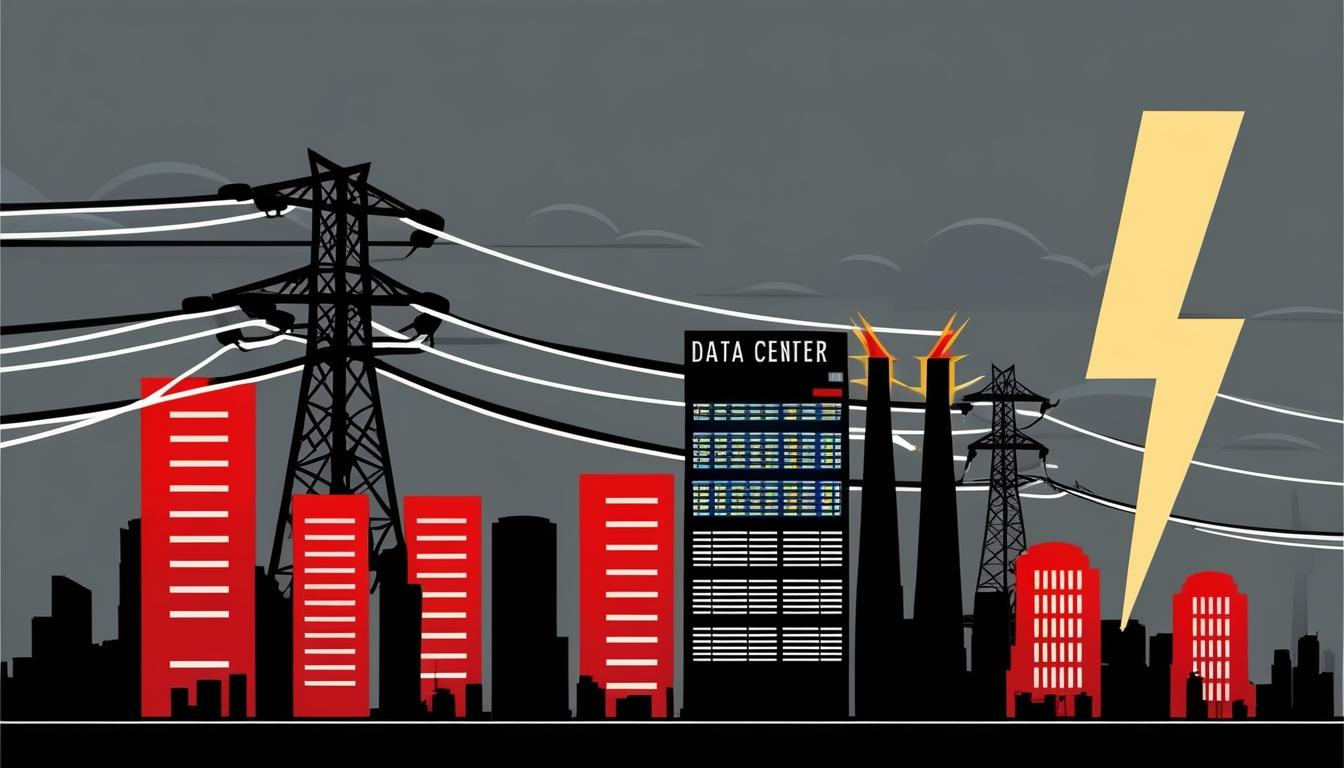In the United States, the traditional metrics guiding industrial site selection are undergoing a significant transformation. Historically dominated by considerations such as labour availability, transportation logistics, and access to raw materials, these criteria are now evolving to include a critical new factor: power infrastructure. This shift is largely influenced by the growing energy demands of industries like data centres and advanced manufacturing.
As automation and digitalisation become increasingly integral to the economy, companies are re-evaluating their site selection priorities. While skilled labour remains a necessity—as evidenced by Intel’s recent announcement of a $50 million commitment to develop a pipeline of trained technicians and engineers for its semiconductor plant in Central Ohio—the insatiable demand for reliable and abundant electricity is now paramount. The Taiwan Semiconductor Manufacturing Company, for example, is establishing a facility in Arizona that will require an initial 200 megawatts of power, scaling up to 1,200 megawatts when fully operational.
The power consumption patterns of data centres illustrate this evolution even more starkly. These facilities, often classified as hyperscale, typically require between 100 to 300 megawatts of electricity but employ only a small number of staff, a stark contrast to manufacturing operations that need similar levels of power. This growing reliance on electrical infrastructure has prompted major shifts in how companies evaluate potential locations for their facilities.
However, the challenge for many regions lies not in the generation of electricity but in the transmission of power to the required locations. For instance, Dominion Energy faced the necessity to halt new data centre connections in Virginia due to inadequate transmission infrastructure. In Ohio, American Electric Power (AEP) similarly paused new power contracts for data centres to avoid overwhelming the grid.
In response to these challenges, local communities and utilities are exploring various strategies. AEP has introduced a new rate category that necessitates data centres to commit to paying for a minimum of 85% of their electricity needs over a twelve-year period. Additionally, Loudoun County, Virginia, is contemplating zoning regulations to better manage new data centre installations. At broader regional levels, states like Arizona and New Mexico are collaborating to enhance their transmission capabilities, while federal initiatives such as FERC Order No. 1920 aim to streamline national transmission planning efforts.
As these power constraints reshape site selection strategies, data centre developers are increasingly turning their attention to rural locations where power capacity remains more accessible. This realignment can potentially stimulate substantial investment and contribute to local tax bases without overwhelming existing local services. Some companies are even investigating alternative energy solutions such as on-site geothermal energy or small modular nuclear reactors to circumvent traditional grid limitations.
The successful navigation of these evolving challenges necessitates proactivity in terms of engaging with local stakeholders. Communities may find themselves more amenable to hosting large electricity consumers if they perceive an opportunity for funding essential infrastructure improvements. Establishing comprehensive development agreements can solidify long-term power access, and involvement in industry advocacy groups can play a role in shaping conducive policy frameworks.
The emergence of power infrastructure as a pivotal factor in industrial site selection marks a substantial shift in practical considerations for future developments. Ultimately, the landscape of industrial location decisions will hinge on the ability to harmonise traditional criteria like workforce availability with the rising demands for power, while remaining open to innovative solutions that could redefine the industrial paradigm for the foreseeable future.
Source: Noah Wire Services
